The Hanford Waste Treatment and Immobilization Plant team has completed startup testing of two melters and related support systems in the Low-Activity Waste Facility.
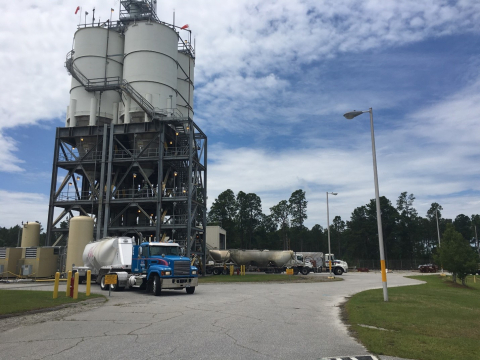
EM is treating record-setting amounts of waste and dispositioning more decontaminated salt solution at the Savannah River Site (SRS), as the Salt Waste Processing Facility (SWPF) proves to be an aggressive workhorse for the site’s liquid waste mission.
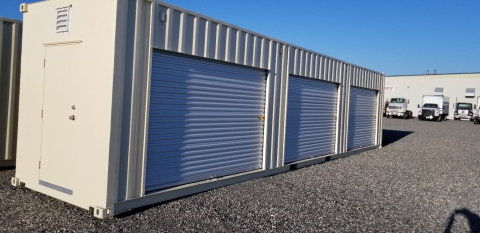
Specially designed storage boxes will hold supplies to support 24/7 tank waste operations for the Direct-Feed Low-Activity Waste (DFLAW) program at the Hanford Site.
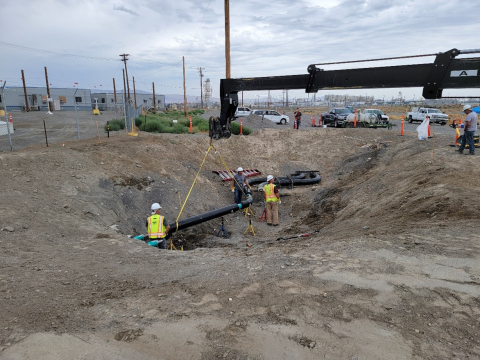
Two major facilities critical to the tank waste treatment mission at the Hanford Site are now connected.

Two major facilities critical to the tank waste treatment mission at the Hanford Site are now connected
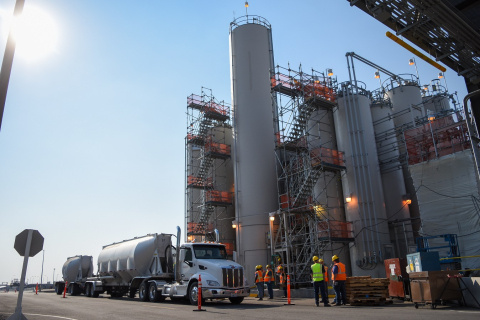
Local contractor Two Rivers Terminal recently made its first delivery of materials that will be used to immobilize Hanford Site underground tank waste in glass for disposal to the Waste Treatment and Immobilization Plant (WTP).
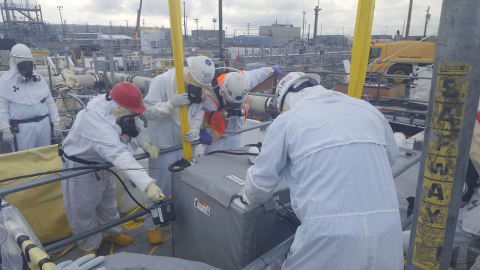
EM Office of River Protection tank operations contractor Washington River Protection Solutions (WRPS) recently began retrieving radioactive and chemical waste from another massive underground storage tank at the Hanford Site.
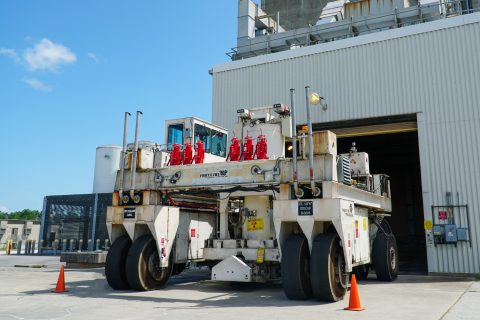
EM has installed an improved fire suppression system on a one-of-a-kind Savannah River Site (SRS) vehicle that moves high-level waste canisters.
EM has concluded a two-year outage at the Idaho National Laboratory (INL) Site’s Integrated Waste Treatment Unit (IWTU), where crews completed more than 50 modifications to the liquid-waste treatment facility.
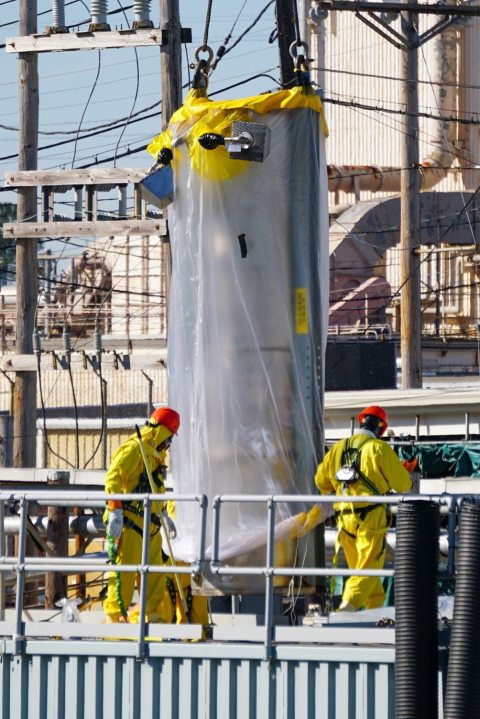
EM and its liquid waste contractor at the Savannah River Site (SRS) continue to make progress on a waste treatment demonstration project with the installation of new ion-exchange columns.

